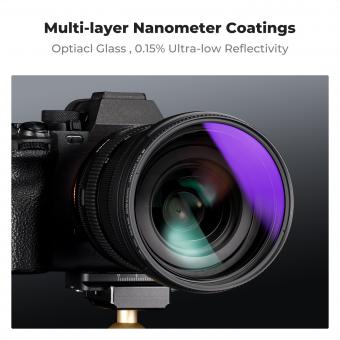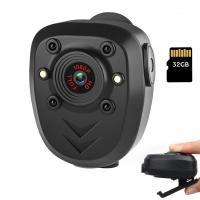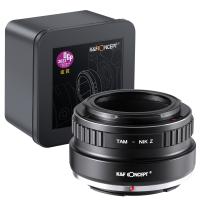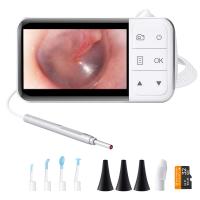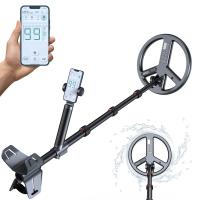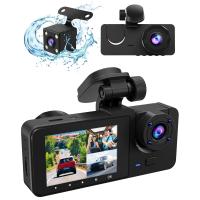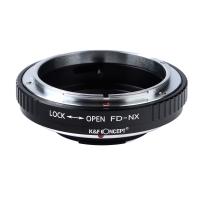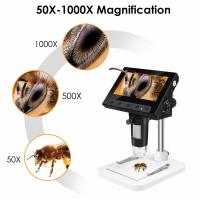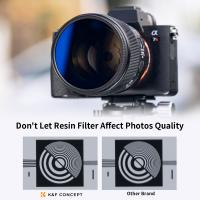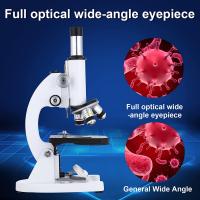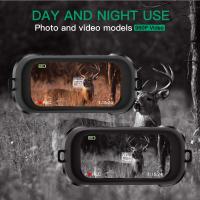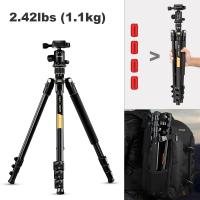3g Wildlife Camera How Much Data Use ?
The amount of data used by a 3G wildlife camera depends on various factors such as the resolution of the images or videos captured, the frequency of uploads, and the duration of the camera's operation. Typically, a 3G wildlife camera can use anywhere from a few megabytes to several gigabytes of data per month, depending on the settings and usage.
For example, if the camera is set to capture high-resolution images or videos and upload them frequently, it will consume more data than if it is set to capture low-resolution images and upload them less frequently. Additionally, the amount of data used may vary depending on the network coverage and signal strength in the area where the camera is located.
It is important to check with the manufacturer or service provider for specific data usage estimates and to choose a data plan that suits your needs and budget.
1、 Data usage of 3G wildlife cameras
Data usage of 3G wildlife cameras can vary depending on the camera's settings and usage. Generally, 3G wildlife cameras use a small amount of data to transmit images and videos to the user's device or cloud storage. The amount of data used can range from a few kilobytes to a few megabytes per image or video, depending on the resolution and length of the media.
It is important to note that data usage can also depend on the frequency of image and video transmissions. Some cameras may be set to transmit images or videos every few minutes, while others may only transmit when motion is detected. This can affect the overall data usage of the camera.
Additionally, the type of cellular network used by the camera can also impact data usage. Cameras that use 3G networks may use more data than those that use 4G or 5G networks, as 3G networks are slower and require more data to transmit the same amount of information.
Overall, the data usage of 3G wildlife cameras is relatively low and should not be a major concern for most users. However, it is important to monitor data usage and adjust camera settings as needed to avoid exceeding data limits or incurring additional charges.
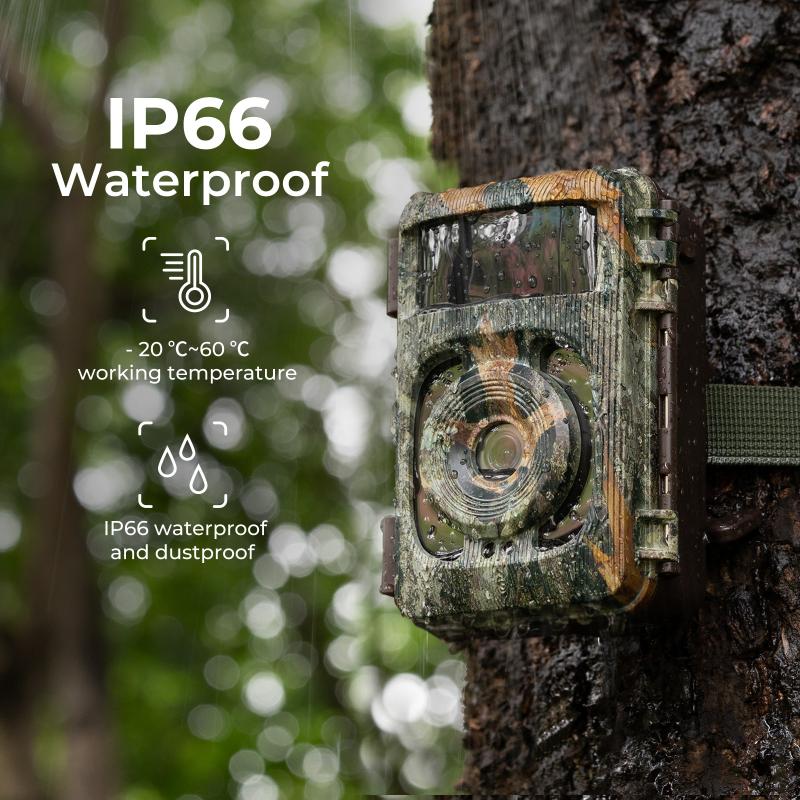
2、 Factors affecting data usage in 3G wildlife cameras
Factors affecting data usage in 3G wildlife cameras include the frequency of image capture, image resolution, and the length of video recordings. The more frequently the camera captures images, the more data it will use. Similarly, higher resolution images and longer video recordings will also consume more data.
Another factor that can affect data usage is the type of cellular network being used. 3G networks typically have slower data speeds compared to 4G or 5G networks, which can result in larger file sizes and more data usage.
The location of the camera can also impact data usage. If the camera is located in an area with poor cellular coverage, it may use more data as it struggles to maintain a connection with the network.
It is important to note that some 3G wildlife cameras may have settings that allow users to adjust the frequency of image capture and the resolution of images and videos. By adjusting these settings, users can reduce data usage without sacrificing the quality of the footage captured.
In terms of the latest point of view, advancements in camera technology have led to the development of cameras with more efficient compression algorithms, which can reduce the size of image and video files without compromising quality. Additionally, some cameras now have the ability to connect to Wi-Fi networks, which can reduce data usage by allowing the camera to transfer files over a local network instead of relying on cellular data.
3、 Tips to minimize data usage in 3G wildlife cameras
3G wildlife cameras are a great tool for capturing images and videos of wildlife in remote areas. However, they can consume a significant amount of data, which can be costly and limit the amount of time the camera can be used. Here are some tips to minimize data usage in 3G wildlife cameras:
1. Adjust the camera settings: Most 3G wildlife cameras allow you to adjust the resolution and quality of the images and videos. Lowering the resolution and quality can significantly reduce the amount of data used.
2. Use a data plan with a higher data cap: If you plan to use the camera frequently, consider upgrading to a data plan with a higher data cap. This will allow you to use the camera for longer periods without worrying about exceeding your data limit.
3. Use a Wi-Fi hotspot: If possible, use a Wi-Fi hotspot to connect the camera to the internet. This can be more cost-effective than using a cellular data plan.
4. Schedule uploads: Instead of uploading images and videos in real-time, schedule uploads to occur during off-peak hours when data usage is typically lower.
5. Use motion detection: Many 3G wildlife cameras have motion detection capabilities. By using this feature, the camera will only capture and upload images and videos when there is movement, reducing the amount of data used.
In conclusion, by adjusting camera settings, using a higher data plan, using a Wi-Fi hotspot, scheduling uploads, and using motion detection, you can minimize data usage in 3G wildlife cameras and capture stunning images and videos of wildlife in remote areas.
4、 Comparison of data usage in different types of wildlife cameras
The amount of data used by a 3G wildlife camera depends on various factors such as the frequency of image capture, image resolution, and the length of video recordings. Typically, a 3G wildlife camera can use anywhere from 50MB to 500MB of data per month, depending on the settings and usage.
In comparison to other types of wildlife cameras, 3G cameras tend to use more data due to their ability to transmit images and videos over cellular networks. Traditional trail cameras, on the other hand, do not use any data as they store images and videos on an SD card.
Wireless cameras that use Wi-Fi or Bluetooth to transfer data to a mobile device or computer also tend to use less data than 3G cameras. However, they require a strong and stable Wi-Fi or Bluetooth connection, which may not always be available in remote wildlife areas.
It is important to note that data usage can vary depending on the location and network coverage. In areas with poor network coverage, 3G cameras may use more data as they struggle to establish a stable connection.
In conclusion, 3G wildlife cameras can use a significant amount of data, but the actual usage depends on various factors. It is important to choose the right camera and settings to optimize data usage and ensure that you do not exceed your data plan limits.









